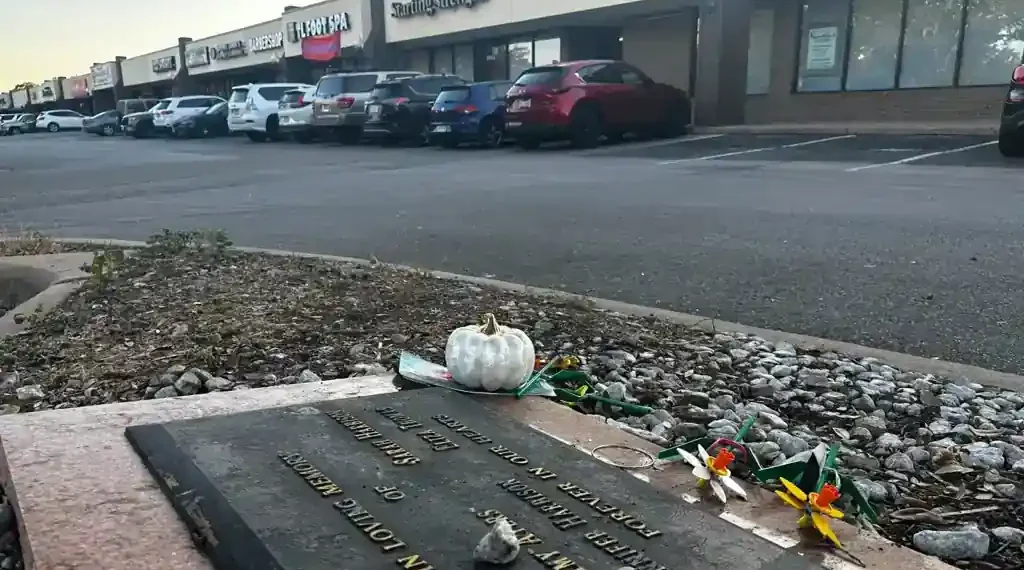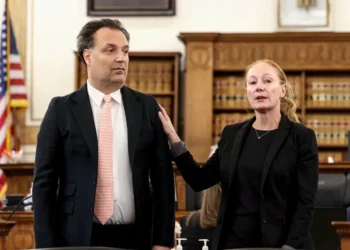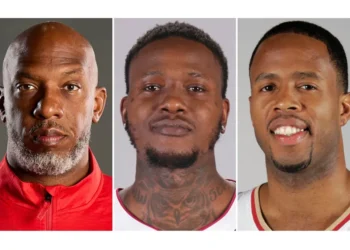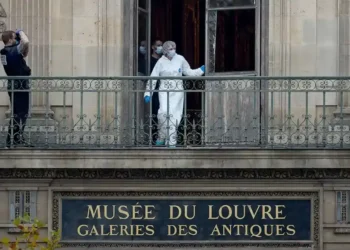DNA Evidence Identifies Suspect in 1991 Yogurt Shop Murders That Shook Austin
Published: September-28-2025, 08:15 EDT
Authorities in Austin, Texas, have identified a deceased man as the suspect in the notorious 1991 yogurt shop murders, a case that left four teenage girls dead and haunted the city for more than three decades. Police say modern DNA testing has linked the crime to Robert Eugene Brashers, a man who died by suicide in 1999 while evading law enforcement.
A Breakthrough in a Decades-Old Case
In a statement on Friday, the Austin Police Department described the discovery as a “significant breakthrough.” For years, investigators struggled with unreliable evidence, multiple false confessions, and thousands of leads that went cold.
“Our team never gave up working this case,” the department said, emphasizing that the investigation remains active. Police plan to share further details at a scheduled press conference Monday.
The revelation comes shortly after the release of the HBO documentary series The Yogurt Shop Murders, which reignited public attention on the case.
The Crime That Stunned Austin
On the night of December 6, 1991, four girls—Amy Ayers, 13; Eliza Thomas, 17; Jennifer Harbison, 17; and Sarah Harbison, 15—were killed inside an “I Can’t Believe It’s Yogurt” shop in Austin. The Harbison sisters and Thomas were employees closing the store, while Ayers, the youngest, was a visiting friend.
The victims were bound, gagged, and fatally shot before the building was set on fire. Firefighters discovered their bodies while battling the blaze.
Autopsy reports provided heartbreaking details about the girls’ lives: Ayers wore small white earrings, Sarah Harbison had on a gold necklace and a Mickey Mouse watch, and Jennifer Harbison wore her high school ring and a Timex. The reports also revealed the brutality of the attack, noting that the victims were tied with underwear, gagged with cloth, and shot at close range.
A Case Plagued by Missteps
The yogurt shop murders became one of the most infamous crimes in Texas, frustrating both investigators and prosecutors. Over the years, the case saw several missteps, including wrongful arrests and overturned convictions.
In 1999, police arrested four men, including Robert Springsteen and Michael Scott, who were teenagers at the time of the killings. Under intense questioning, they confessed and implicated one another. Both later recanted, saying their confessions were coerced.
Despite their denials, Springsteen was convicted and initially sentenced to death before his penalty was reduced to life imprisonment. Scott also received a life sentence. But new DNA testing, unavailable in the early 1990s, revealed the presence of another male suspect, and both men were released in 2009 after nearly a decade in prison.
Robert Eugene Brashers: A Violent Past
The man now linked by DNA, Robert Eugene Brashers, had a violent criminal history spanning multiple states. In 2018, investigators in Missouri identified him through DNA evidence as the perpetrator in several cases, including:
The 1990 strangulation of a South Carolina woman
The 1997 rape of a 14-year-old girl in Tennessee
The 1998 shooting of a mother and daughter in Missouri
Brashers’ crimes demonstrated a pattern of sexual violence and escalating brutality. His criminal career ended in April 1999 when he died by suicide during a standoff with police at a motel in Kennett, Missouri.
Modern Forensics Solve Old Mysteries
Advances in DNA technology proved crucial to this latest development. Samples that were too degraded or insufficient in the 1990s can now yield clearer results. Using these methods, investigators connected Brashers’ genetic profile to the Austin crime scene.
This breakthrough mirrors similar cold case resolutions nationwide, where genetic databases and forensic innovation have provided answers in long-unsolved murders.
The Families’ Long Wait for Justice
For more than 30 years, the families of Ayers, Thomas, and the Harbison sisters have lived without closure. While Brashers’ death in 1999 means he cannot face trial, the confirmation of his involvement offers long-awaited answers.
Community members and victims’ relatives are expected to respond after Monday’s police briefing. The case, still officially open, may also be re-examined for any potential accomplices.
National Spotlight on a Local Tragedy
The yogurt shop murders not only devastated Austin but also became a national story. The case symbolized the challenges of investigating crimes involving multiple victims, public pressure, and limited forensic tools at the time.
The recent HBO documentary shed light on the human toll of the crime and the difficulties investigators faced. It also underscored how the wrongful arrests of Springsteen and Scott added to the tragedy.
Looking Ahead
Though the primary suspect has now been identified, Austin police maintain that the investigation continues. The possibility of additional suspects or overlooked details remains under review.
For Austin, the breakthrough represents both an ending and a continuation—a chance to honor the memory of four young lives while acknowledging that justice, though delayed, can still bring answers.
This article was rewritten by JournosNews.com based on verified reporting from trusted sources. The content has been independently reviewed, fact-checked, and edited for accuracy, neutrality, tone, and global readability in accordance with Google News and AdSense standards.
All opinions, quotes, or statements from contributors, experts, or sourced organizations do not necessarily reflect the views of JournosNews.com. JournosNews.com maintains full editorial independence from any external funders, sponsors, or organizations.
Stay informed with JournosNews.com — your trusted source for verified global reporting and in-depth analysis. Follow us on Google News, BlueSky, and X for real-time updates.













